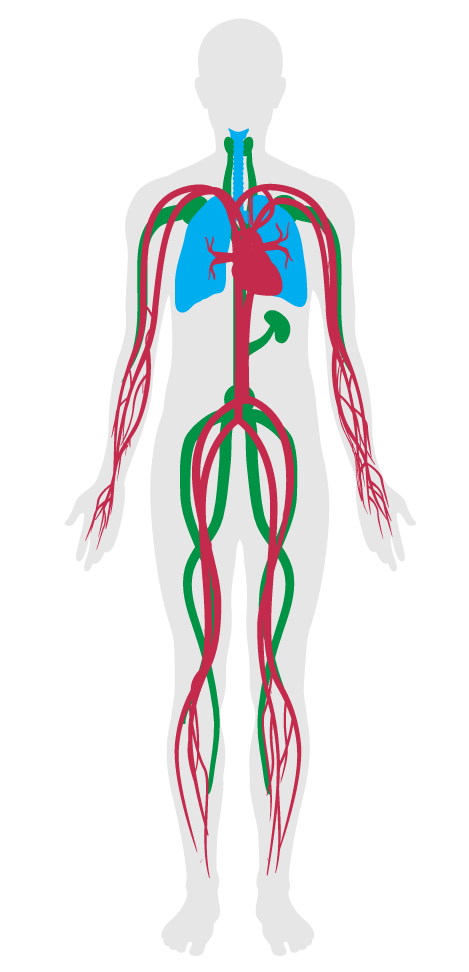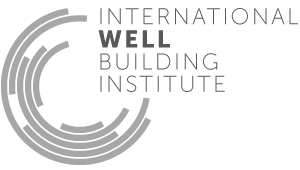Air flush
- 1 Air quality standards
- 2 Smoking ban
- 3 Ventilation effectiveness
- 4 VOC reduction
- 5 Air filtration
- 6 Microbe and mold control
- 7 Construction pollution management
- 8 Healthy entrance
- 9 Cleaning protocol
- 10 Pesticide management
- 11 Fundamental material safety
- 12 Moisture management
- 13 Air flush
- 14 Air infiltration management
- 15 Increased ventilation
- 16 Humidity control
- 17 Direct source ventilation
- 18 Air quality monitoring and feedback
- 19 Operable windows
- 20 Outdoor air systems
- 21 Displacement ventilation
- 22 Pest control
- 23 Advanced air purification
- 24 Combustion minimization
- 25 Toxic material reduction
- 26 Enhanced material safety
- 27 Antimicrobial surfaces
- 28 Cleanable environment
- 208 Injury prevention
13. Air flush
An air flush is a technique that can help reduce pollutants (such as VOCs and particulate matter) that are inadvertently introduced into indoor environments during construction.
This feature requires an air flush at the completion of construction activities in order to effectively remove pollutants from indoor environments. Given the time required to conduct a flush, emphasis should be placed on the management of construction pollution as the first priority.
A biophilia plan is developed that includes a description of how the project incorporates nature through the following:

Applicability Matrix
| Core & Shell | Tenant Improvement | New Construction | |
|---|---|---|---|
| Part 1: Nature Incorporation | O | P | P |
| Commercial Kitchen | Schools | Multifamily Residential | Restaurant | Retail | |
|---|---|---|---|---|---|
| Part 1: Nature Incorporation | - | P | P | O | O |
Verification Methods Matrix
| Letters of Assurance | Annotated Documents | On-Site Checks | |
|---|---|---|---|
|
PART 1 (Design) Nature Incorporation |
Architectural Drawing | Spot Check |
| 13.1.a |
USGBC's LEED v4 EQ Credit: Indoor Air Quality Assessment requires performance of a building flush-out by supplying a total air volume of 14,000 cubic feet of outdoor air per square foot of gross floor area. |
| 13.1.b |
USGBC's LEED v4 EQ Credit: Indoor Air Quality Assessment requires that the space may be occupied only after delivery of a minimum of 3,500 cubic feet of outdoor air per square foot of gross floor area. |
